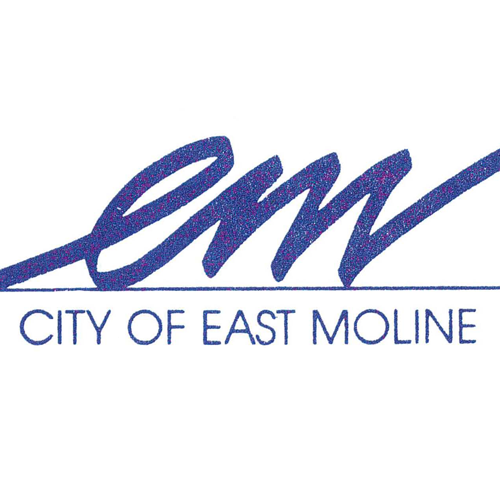
East Moline voters will decide soon if the city will be governed by “Home Rule” that will allow the city leaders to use local solutions to local issues and problems.
The question of whether or not to adopt “Home Rule” will be on the ballot in East Moline on Tuesday, April 1. Go here for more information on the issue.
The polls in East Moline will be open from 6 a.m. to 7 p.m. Go here for more information on the election and polling sites.
Governing by home rule allows some key decisions to be made by local officials instead of by politicians in Springfield, the city said in a news release. If passed, East Moline would have the ability to enact local solutions for local challenges. Specifically, home rule municipalities have greater authority over local finances along with wider policy-making decisions over building, zoning, housing, sanitation, nuisance abatement, civil disturbance, and certain criminal offenses.
East Moline leaders have adopted a resolution to place this home rule question on the ballot.
All municipalities in Illinois with more than 25,000 residents are automatically granted the benefits of home rule. Municipalities with fewer than 25,000 residents, like East Moline, can realize these same home rule advantages by passing a local referendum.
“This is a very important vote, and I want everyone to feel prepared to answer this ballot question with a full understanding of what is being decided,” said East Moline Mayor Reggie Freeman. “The scope of home rule authority is broad and would provide much more flexibility for your locally elected officials. We are proposing home rule authority so we can solve our unique local challenges with sensible solutions instead of being confined to the one-size-fits-all approach of the state.”
For example, state laws prevent the city from pursuing the most effective long-term financing options for upcoming water and sewer utility improvements that will cost over $150 million. Having home rule status would allow the city to spread the cost of these major projects over a longer term (40 years vs. 20 years) thus lowering annual repayment costs and helping to stabilize future utility rates for citizens.




